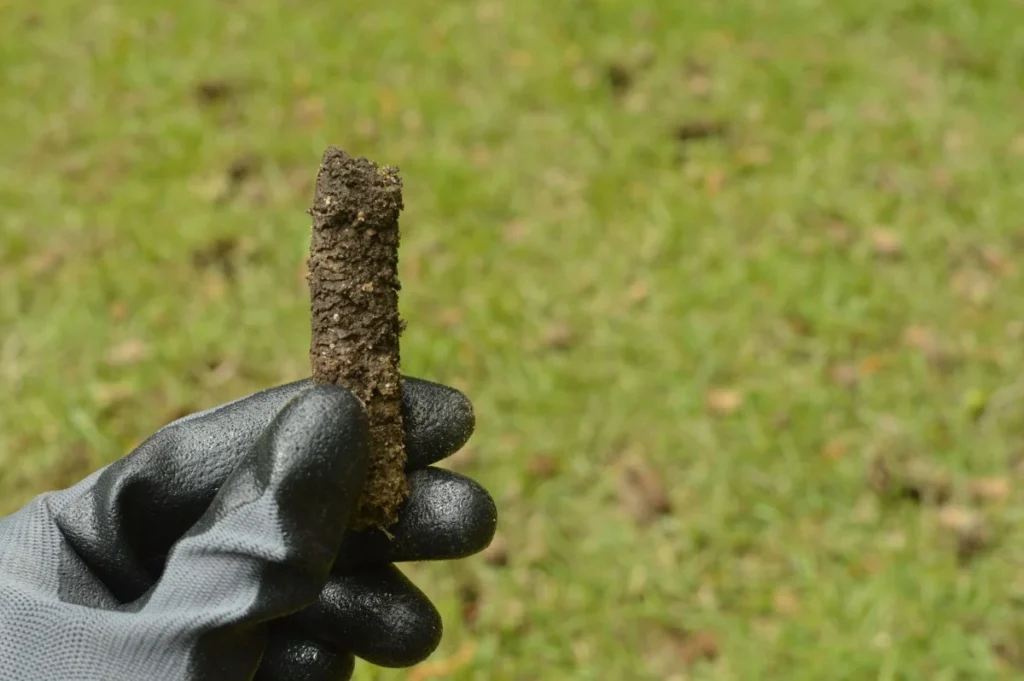Yarrow, a classic garden perennial, is renowned for its feathery foliage, colorful flowers, and strong root structures. This hardy plant thrives in well-drained soil and is popular in herb gardens and garden designs for its ability to attract pollinators like bees, butterflies, and predatory wasps. But as much as yarrow can benefit your thriving garden, not every plant pairs well with it. Knowing what not to plant with yarrow is essential for creating a balanced ecosystem where all your plants, from charming companion plants to edible crops, can flourish.
This guide will walk you through the growth habits of yarrow, its role in companion planting, and which nearby plants may suffer when sharing space with this adaptable plant. Whether you’re planning a bold pollinator garden, a vegetable garden, or a classic cottage garden plan, understanding how yarrow interacts with other plants will help you design a vibrant, pest-free, and thriving garden space.

What is Yarrow and Why is Companion Planting Important?
Yarrow’s Growth Habits and Benefits
Yarrow plants are highly adaptable, thriving even in poor soil or dry soil conditions. They are drought-resistant and resilient enough to handle tough conditions, making them a favorite for perennial gardens and butterfly gardens. Their deep roots improve soil structure and nutrient availability, while their tubular flowers bloom in an array of colors, such as white flowers, purple flowers, and even clusters of cheerful yellow blooms.
These plants are more than just ornamental. Their strong root systems enhance soil quality, and their aromatic flowers deter common garden pests like spider mites. Furthermore, yarrow acts as a “plant doctor,” promoting soil health by producing root secretions that boost nutrient uptake for nearby plants.
The Importance of Companion Planting
Companion planting involves placing plants with complementary traits together to enhance growth, deter pests, and maintain a productive garden. Yarrow is often paired with neighboring plants like rosemary, lavender, and thyme in herb gardens, as these plants share similar needs for well-drained, nutrient-poor soil and sunny spots.
However, poorly matched companion plants could struggle to grow alongside yarrow due to its aggressive growth habits. Identifying plants to avoid is key to ensuring a balanced ecosystem.
Plants to Avoid with Yarrow
Plants Sensitive to Nutrient Competition
Yarrow is a vigorous grower that can compete with nutrient uptake in nearby plants. Vegetables such as lettuce and spinach, which thrive in nutrient-rich soil, may suffer in proximity to yarrow’s strong root system. These plants rely heavily on more delicate soil conditions to flourish, and yarrow can quickly deplete their required resources.
If you’re growing lettuce or spinach, consider separating them from your yarrow bed to preserve nutrient availability and create a thriving and pest-free garden.
Moisture-Loving Plants
Yarrow thrives in dry soil and poor soil conditions, making it incompatible with plants that depend on consistent moisture levels. For example, cucumbers, hostas, and calibrachoa flowers, which prefer rich soil and damp environments, won’t perform well near yarrow. Their differing moisture requirements can lead to stunted growth or plant stress.
If your garden design includes water-loving plants, make sure to allocate separate zones for them and keep the yarrow in dryer sections.
Shade-Dependent Plants
Yarrow prefers full sun to partial shade, thriving in bright, sunny spots. This makes it unsuitable for shade-reliant plants like ferns or astilbes. These plants enjoy cooler, shaded environments, so pairing them with sun-loving yarrow would put shade-dependent plants at a disadvantage.
When building your garden design ideas, assign shaded areas for ferns and other shade-required plants, keeping yarrow in sunlit spaces with optimal air circulation.
Heavy Feeder Plants
Heavy feeders like tomatoes, peppers, and zucchini are prime examples of nutrient-hungry plants that won’t thrive with yarrow as a neighbor. These plants require richer soil and organic matter, leading to intense competition for soil nutrients.
To avoid nutrient depletion and ensure plenty of room for root space, planting heavy feeders in a separate area is the best solution. You can even enrich their soil by adding compost or manure to support robust growth and combat competition.
Why These Guidelines Matter
Careful planning and adhering to these guidelines can greatly optimize your garden’s success. Forgetting these tips may lead to nutrient deficiencies, poor soil conditions, or even the spread of issues like root rot or Powdery mildew.
For example, if you grow lettuce too close to yarrow, the nutrient competition could cause stunted lettuces and delay their growth cycle. Conversely, when paired strategically with companion plants like rosemary or lavender, yarrow can enhance overall soil health and maintain a resilient garden ecosystem.
Gardening Tips for Yarrow Companion Planting Success
- Space Matters: Ensure adequate root space and check with root barriers when planting yarrow near other herbs or vegetables.
- Choose Complementary Plants: Opt for tough plants like rosemary, thyme, and artemisia plants that can handle yarrow’s aggressive growth habits.
- Plant in Well-Drained Soil: Yarrow can handle tough conditions, but ensure proper drainage to prevent issues like root rot or poor soil aeration.
- Monitor for Pests: Yarrow attracts beneficial insects like predatory wasps but can also lure common pests. Regular garden monitoring can stop infestations in their tracks.
- Consider Soil Type: Test the type of soil in your garden. Loamy, moderately compacted soil works best for most plants, while sandy or poor quality soil may favor yarrow exclusively.
Additional Considerations
Balancing aesthetic appeal with functionality is key to any dream garden or bold pollinator garden. Adding yarrow with its cheerful flowers and clusters of chartreuse blooms can act as a stunning backdrop for roses or purple spires in flower beds. Meanwhile, proper placement prevents it from becoming an invasive plant in your garden.
When growing yarrow from seed, consider dedicating specific areas within your cottage garden plan or herb garden to keep yarrow’s aggressive plants in check and avoid allelopathic plant interactions.
Conclusion
Planting a resilient, thriving, and pest-free garden requires thoughtful planning, especially when including yarrow plants. By knowing what not to plant with yarrow and choosing suitable companion plants, you can create a productive, balanced ecosystem overflowing with colorful flowers and healthy vegetables.
Experiment with yarrow pairings, incorporating these gardening tips and avoiding conflicting plants. With the right strategies, you’ll enjoy the benefits of yarrow while cultivating a garden filled with beautiful blooms, aromatic herbs, and robust edible plants. The joys of gardening come from creating a harmonious green space uniquely designed for you!

Anamika is a passionate writer for Eco365Store.com, specializing in topics that inspire a cleaner, greener world. With expertise in home cleaning, recycling, and eco-friendly solutions, she crafts engaging and informative articles that help readers adopt sustainable practices in their daily lives.

